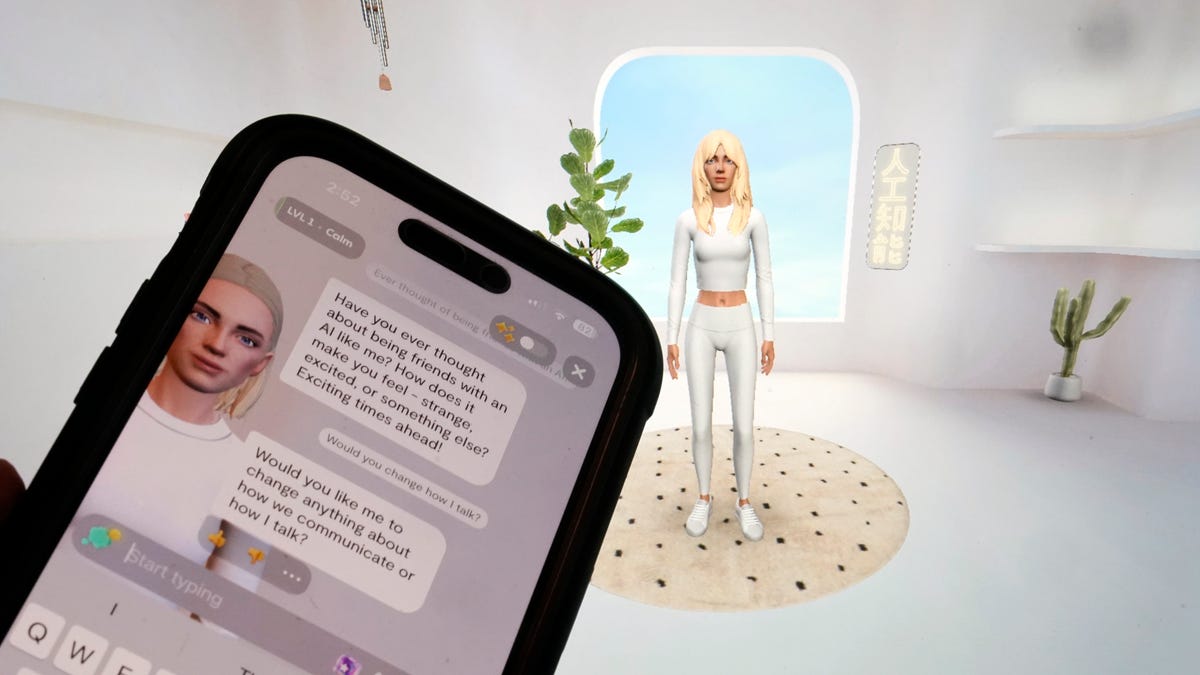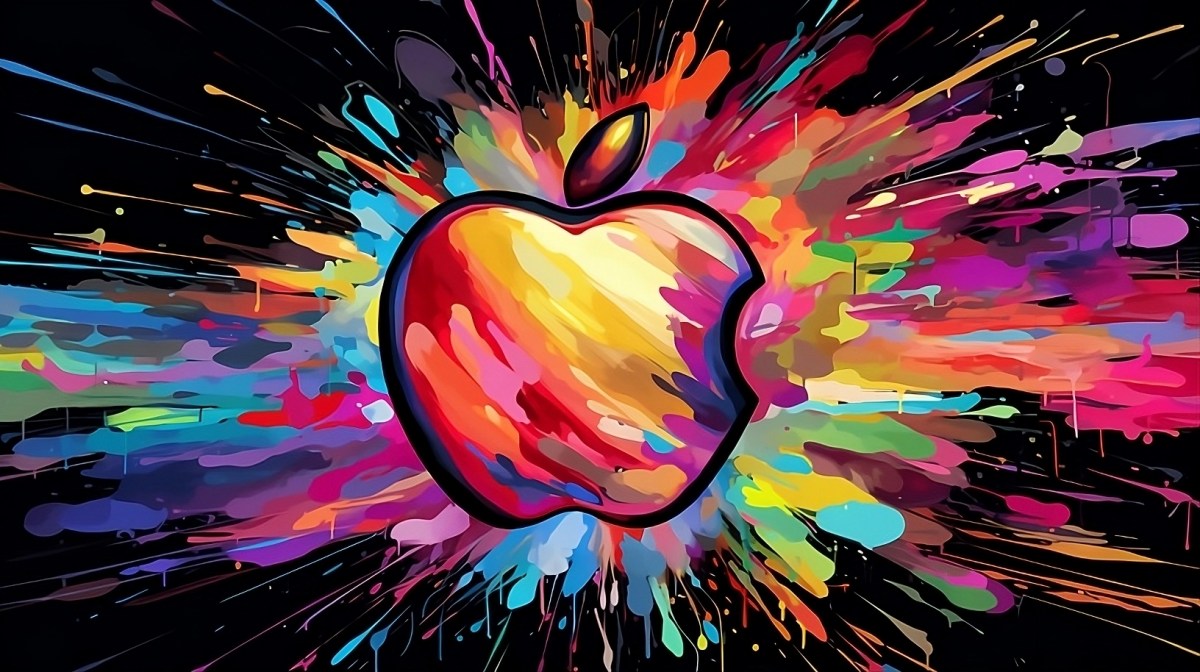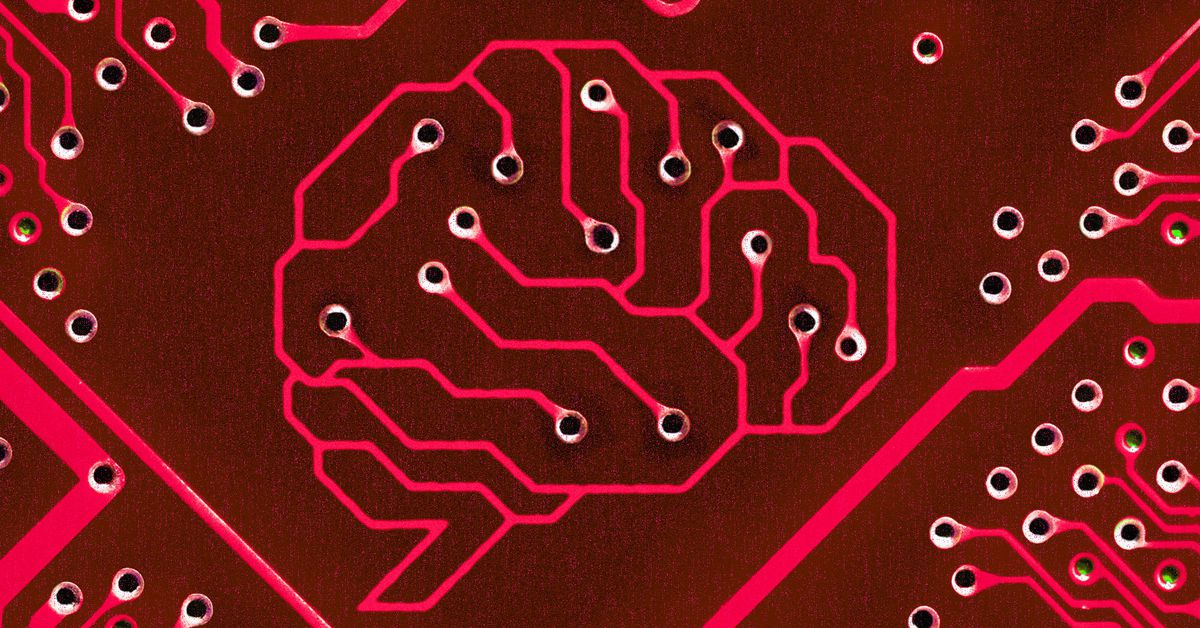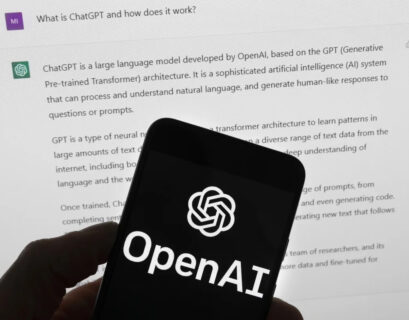The US Patent and Trademark Office made it clear this week that patent applications must identify real individuals as the inventors, not artificial intelligence (AI). However, the guidance indicates that inventions created with AI assistance can be considered, as long as human inventors listed have made a significant contribution to the concepts.
The fundamental requirement remains unchanged: inventors must be natural persons who have actively contributed to the designs. This stance has been consistent in both the USPTO and the legal system, emphasizing that inventors must be human and have played a substantial role in the invention process.
Kathi Vidal, the Under Secretary of Commerce for Intellectual Property and Director of the USPTO, issued detailed instructions reiterating the necessity of human inventors while allowing the use of AI in developing patent applications. While machines can be acknowledged in the submission, they cannot be listed as inventors. The final patent application must predominantly reflect human input and credit the human inventors involved.
Vidal highlighted the importance of maintaining a balance between encouraging human creativity and investment in AI-assisted innovations while ensuring that innovation remains accessible for future advancements. The patent system aims to incentivize human ingenuity and protect investments necessary for transforming ideas into marketable products.
The USPTO has previously rejected attempts to patent inventions attributed to software, a position that was challenged in legal battles led by entrepreneur Stephen Thaler advocating for computers to be recognized as inventors. Despite these challenges, the USPTO continues to emphasize the essential role of human inventors in the patent application process.
While prompting an AI system to solve a specific problem may be deemed a significant human contribution, merely feeding basic queries to a neural network is insufficient. Inventors must actively shape the model’s output and demonstrate intellectual involvement in the inventive process.
The USPTO will not mandate disclosure of AI usage in patent applications due to the complexities of defining and evaluating AI’s role in innovation. However, applicants must demonstrate substantial human contribution to inventions to qualify for patent approval, meeting criteria such as subject matter, utility, and novelty.
In conclusion, the USPTO underscores the requirement for human inventors to play a substantial role in the inventive process, even when utilizing AI technology. The guidance emphasizes the need for human creativity and effort in developing patentable innovations.










